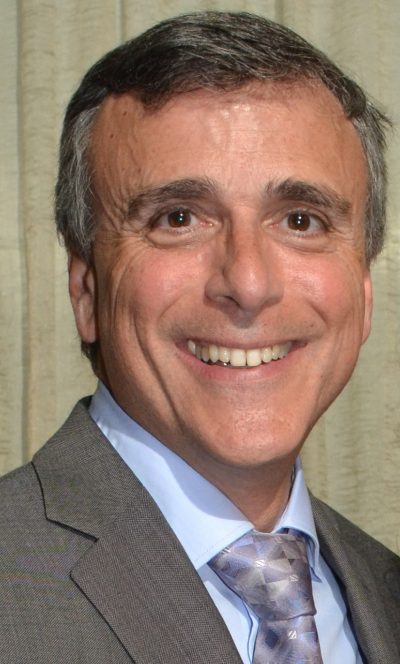
(7-24-17) Turmoil over this year’s NAMI election and its “big tent” vs “small tent” debate are still reverberating and have caused a former board member to offer his thoughts about how the nation’s largest, grassroots mental health organization should be run.)
NAMI Leadership – A Thought Going Forward
by Graham L. Champion (Board member 2009-2010)
NAMI has just concluded its national convention in Washington, DC, during which, five new members of the 16-member board of directors were elected. The run up to this year’s election was one of the most divisive and contentious in recent memory. A tenant of NAMI Board elections is that the candidates refrain from active campaigning both directly and also through the use of surrogates.
That tenant went out the window this year.
A spirited debate is normally a very good thing when members of NAMI are considering who will lead the organization. However, the debate should focus on issues and philosophy and not become personal. Personal attacks have a way of carrying forward and taint the important work the Board should be focusing on.
Having served on NAMI’s National Board several years ago (albeit for a short time), I want to offer some perspective and suggestions for the consideration of NAMI’s Membership and more specifically for NAMI’s Board of Directors. NAMI should in my humble opinion consider the following changes.
NAMI’s Board should be a policy Board and not a management Board.
NAMI is a national organization with a large membership and a relatively large budget. Part-time, volunteer Board Members need to let the professional staff do the jobs they were hired to do without day-to-day interference. Micromanagement does not serve the organization well. The Board needs to set policy and not be involved in the day-to-day execution and management of the organization. If the staff is not getting the job done – that the Board expects – in a timely and professional manner, then it should replace the ineffective staff. If the Board (or an individual Board Member) wants to be involved in the day-to-day process they should resign from the Board and apply for a job. No manager can do an effective job if he/she is constantly being second guessed by a committee (Board).Click to continue…








